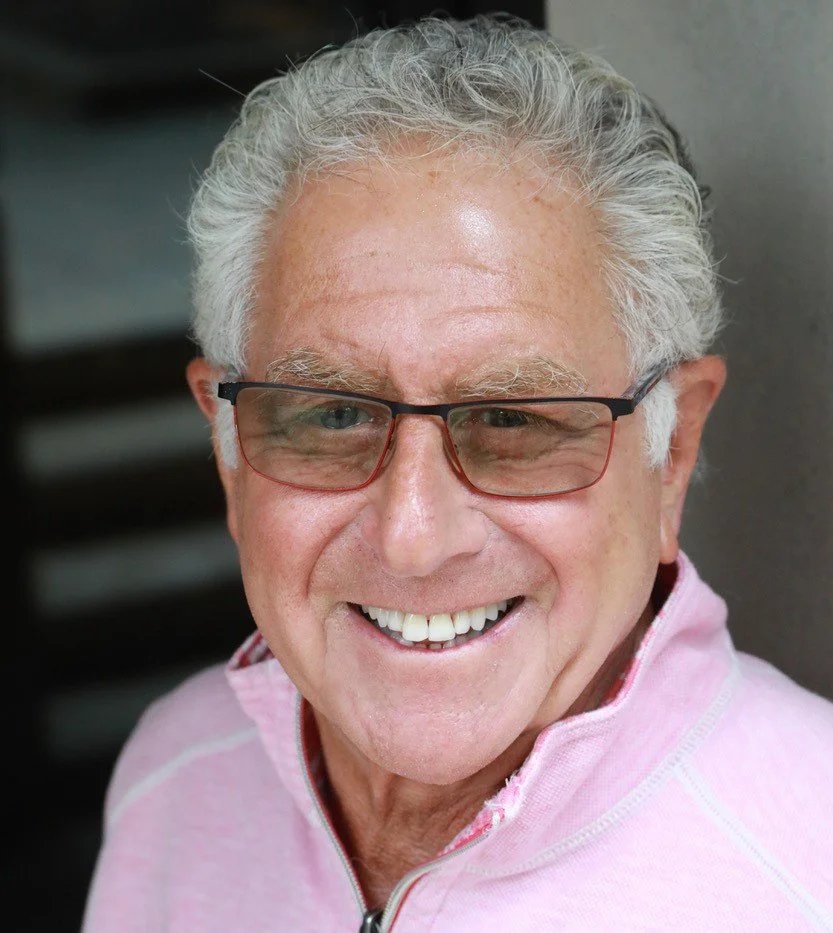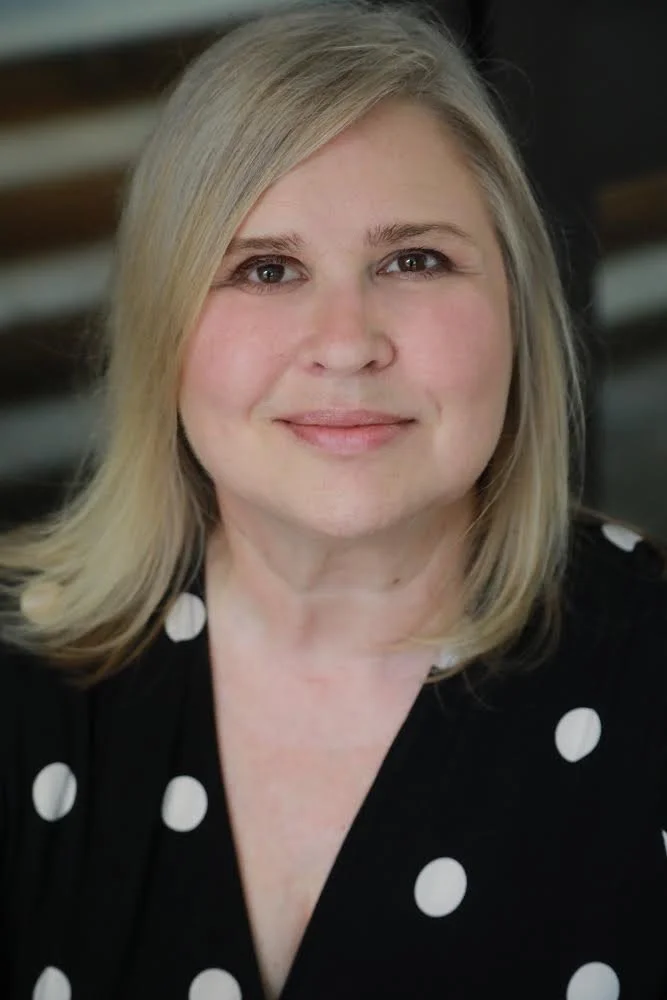PAOH President’s Message: We are Guided by Science and Conscience
By Steven Perlman, DDS, MScD, DHL (hon), President, People Advocating for Optimal Health (PAOH) and Vanessa Rastović, JD
In every generation, there comes a moment to ask whether our health systems truly serve all people fairly. We are once again at that crossroads. For decades, federal programs have used geography as the primary lens for deciding who is “underserved.” Communities are mapped, ratios are drawn, and the resulting designations determine where resources flow. Yet fairness demands that we also see the populations who, though spread across every zip code, remain underserved because of who they are—not where they live.
Among these are people with disabilities, who have finally been recognized as a Health Disparity Population (HDP). However, the problem is not recognition. We’ve known for decades that people with disabilities are medically underserved. The problem is implementation. Federal eligibility rules for programs like the Health Resources and Services Administration (HRSA) and National Health Service Corps (NHSC) still rely almost entirely on geographic shortage formulas. These formulas miss the individuals whose barriers stem from functional differences, communication challenges, or the absence of trained, welcoming providers—barriers not captured by a map.
“THE SCIENCE NOW SHOWS THAT DATA INTEROPERABILITY AND STANDARDIZATION MAKE THIS POLICY FEASIBLE. CONSCIENCE TELLS US IT IS TIME. FAIRNESS IN HEALTH ACCESS SHOULD NOT DEPEND ON A ZIP CODE—IT SHOULD DEPEND ON EVIDENCE AND COMPASSION.”
The policy concept before us is both simple and fair: allow existing federal health programs to use HDP status as a reasonable accommodation and a marker of eligibility, not just geographic location. We’ve already defined what a Health Disparity Population is. The technology to verify participation—through certified electronic health records (EHR) that can now capture disability status—is already here. What remains is the moral and administrative decision to collect and use the data to ensure fairness in how public resources are distributed.
This change would not create new programs or populations; it would modernize existing ones. It would give the Department of Health and Human Services a straightforward way to identify and support providers who serve statistically significant numbers of patients within recognized disparity populations. By linking fairness to measurable service rather than arbitrary geography, we strengthen compliance with long-standing civil rights laws and reaffirm the nation’s commitment to whole-community care, and fairness.
As professionals, we are guided by both science and conscience. The science now shows that data interoperability and standardization make this policy feasible. Conscience tells us it is time. Fairness in health access should not depend on a zip code—it should depend on evidence and compassion. The proposal to accept HDP-based eligibility is a small but meaningful step toward a healthcare system that sees every person, counts every barrier, and values every life.
About the Authors
Steven Perlman, DDS, MScD, DHL (hon), President, People Advocating for Optimal Health (PAOH)
Vanessa Rastović, JD, is the Vice-President of First Domino Alliance and President of AccessLab. Vanessa is an active member of the American Bar Association, including its Health and Administrative Law sections, the American Society of Law, Medicine, and Ethics, and the American Academy of Developmental Medicine and Dentistry. She serves on the Board of Harmony Health and serves on the City of Pittsburgh-Allegheny County Task Force on Disabilities.



